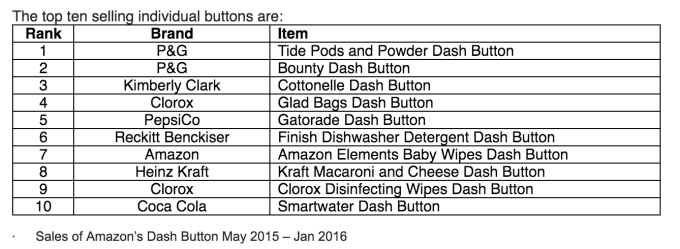WASHINGTON—The Federal Reserve removed its supervisors from MetLife Inc. offices after a judge rescinded federal oversight of the insurer the day before, leaving the Obama administration scrambling to salvage one of its key postcrisis accomplishments.
Administration officials are weighing whether to appeal before a 60-day deadline and are widely expected to do so. Some of MetLife's rivals, including American International Group Inc. and Prudential Financial Inc., are discussing whether to seek to remove themselves from Fed oversight, according to people familiar with the matter.
The MetLife decision, and possible ripple effects, call into question the durability of federal regulators' moves in recent years to extend their supervision to the largest U.S. insurance firms by labeling them "systemically important financial institutions" subject to stricter oversight.
On Thursday, General Electric Co. formally asked to be released from Fed supervision, saying it has sufficiently shrunk its financial-services arm so it would no longer pose a systemic threat to the financial system. GE previously had said that it would try to appeal its designation as systemically important in the first quarter.
Meanwhile, new details emerged of the ruling that U.S. District Judge Rosemary Collyer placed under seal. While only a two-page order was made public, the sealed 33-page document references a June 2015 Supreme Court decision on regulatory cost-benefit analysis, according to a person familiar with the matter.
Part of the opinion cites the case of Michigan v. Environmental Protection Agency, according to the person. That decision, penned by the late Justice Antonin Scalia, found the EPA acted unreasonably when it didn't consider cost in making a regulatory decision.
By invoking the EPA case, the MetLife opinion portends a battle over the extent to which the Financial Stability Oversight Council, the body of senior regulators that designated MetLife for oversight, should have considered the costs and benefits of subjecting MetLife to tighter rules before deciding to do so.
The government has argued that it "appropriately declined" to conduct an analysis because the 2010 Dodd-Frank law, which set up the council and gave it authority to designate systemically important firms, doesn't explicitly require it.
Financial regulators have been criticized by the financial industry for not considering the cost of their rules. In general, Obama administration officials have said the benefits of preventing a future financial crisis are difficult to quantify, but substantial. In MetLife's case, conducting a cost-benefit analysis would have posed particular challenges because the Fed hasn't spelled out exactly what rules the firm would have had to follow.
A similar process underpinned moves to extend federal oversight to AIG and Prudential.
Wednesday's order from Judge Collyer surprised many in the regulatory community, who hadn't expected the judge would take such a drastic step despite her tough questioning of government lawyers at a hearing last month, people familiar with the matter said.
The ruling means the Fed no longer has legal grounds to regulate MetLife, the largest life insurer in the U.S. with about $ 878 billion in assets, even though senior regulators had determined that its failure could pose a threat to the economy.
The Federal Reserve Bank of New York, whose team of MetLife supervisors had been spending part of its time at a specially built office inside the firm's New York headquarters, pulled its people from the firm, and the supervisors came to work at the New York Fed's offices Thursday instead.
Officials declined to comment Thursday, but on Wednesday a spokesman for Treasury Secretary Jacob Lew, who heads the council, promised that "we will continue to defend the council's designations process vigorously."
MetLife had been fighting the December 2014 decision for more than a year and is already preparing for a possible appeal, a person familiar with the matter said.
The two sides are set to discuss in coming days which parts of the document should be redacted to hide confidential information, after which the judge's opinion is expected to be released to the public. The opinion includes "both procedural and substantive components," MetLife Chief Executive Steve Kandarian said in an interview Wednesday.
He declined to discuss further details.
Judge Collyer's two-page order also indicated she agreed with two other arguments the firm made. One accused the oversight council of improperly failing to establish MetLife's vulnerability to financial distress, and another accused the council of making unsubstantiated assumptions. The oversight council has said the law allows it to assume a firm is failing without assessing its vulnerability, and that its decision was well grounded.
A decision that faults the oversight council's process could allow a chance for the panel to designate MetLife as systemically important again, fixing the problems the judge identified.
"Courts are very punctilious about agencies following process and clearly basing their decision on all relevant facts," said Tom Dawson, head of the insurance regulatory practice at law firm Drinker Biddle & Reath LLP. "Generally, courts give the agencies a second bite at the apple."
It is possible the oversight council could direct its staff to work on another proposal to bring MetLife into the regulatory fold, while at the same time pursuing an appeal in the courts.
The government could also seek to ask Judge Collyer to delay the removal of MetLife's federal oversight while the case proceeds and, if she declines, ask an appeals court to do so.
—Ted Mann and Emily Glazer contributed to this article.
Write to Ryan Tracy at ryan.tracy@wsj.com



